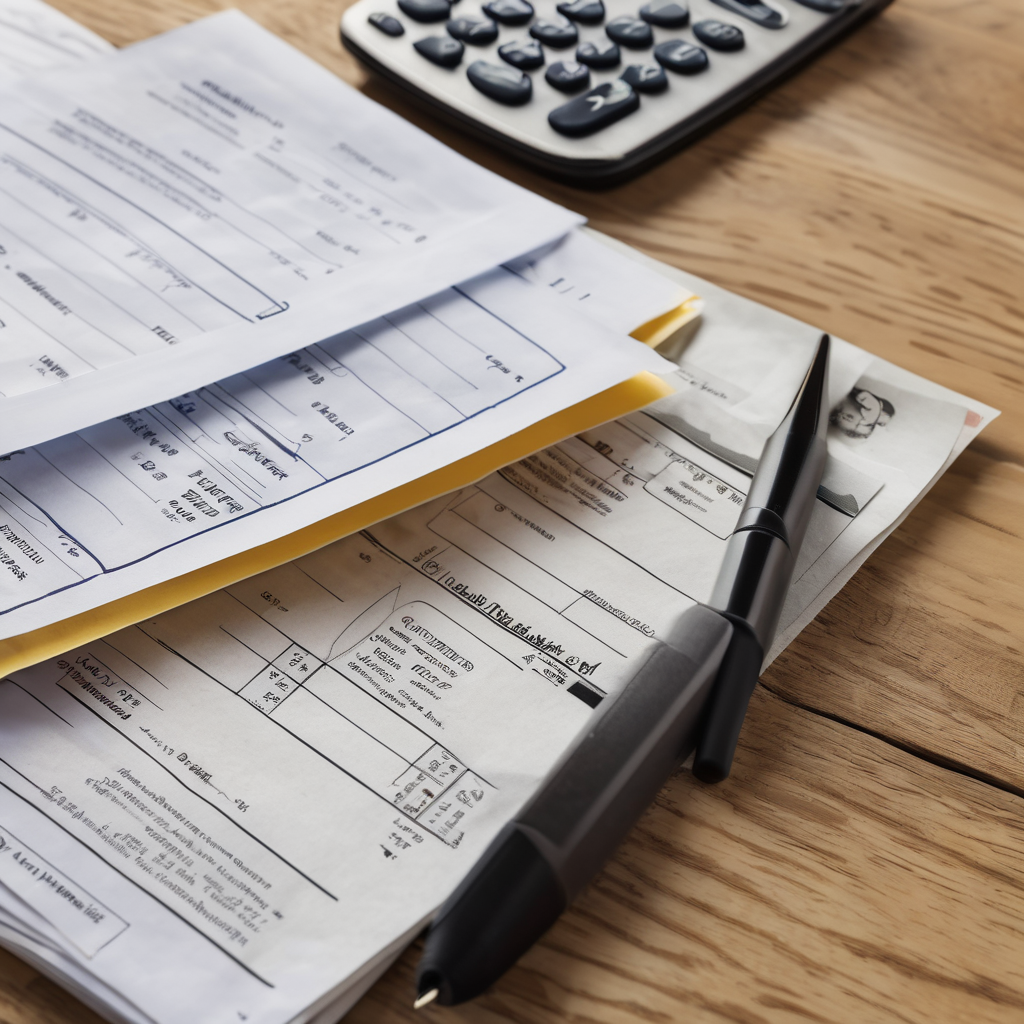As borrowers transition from school to repayment, significant changes in student loan repayment plans are set to unfold. The new regulations introduced by the recently passed Overhauling Borrower Bad Debt Act (OBBBA) will phase out some existing income-driven repayment plans by 2028 and initiate two new options: the income-driven Repayment Assistance Plan (RAP) and a tiered standard fixed payment plan.
For current borrowers, the new RAP plan will be accessible, allowing them to switch between existing income-driven plans and RAP if they do not take out new loans or consolidate their existing loans after July 1, 2026. However, those who borrow or consolidate after this date will only qualify for RAP or the tiered standard plan.
Significantly, the RAP plan will exclusively cater to borrowers with Direct Loans. The Department of Education has clarified that holders of loans from the now-discontinued Federal Family Education Loan (FFEL) Program can continue to utilize the Income-Based Repayment plan for their FFEL loans after the cut-off date, even while participating in RAP for their Direct Loans. Yet, new Parent PLUS borrowers who incur loans or consolidate after July 1, 2026, will lose access to income-driven repayment plans altogether and will only be eligible for the tiered standard plan, which is not eligible for Public Service Loan Forgiveness (PSLF).
In a departure from the original proposal, the Department has addressed a concern about the “marriage penalty” in the RAP plan. Previously, married couples filing jointly would have payments calculated based on their combined income, potentially creating a financial burden. Now, calculations for married couples will align with existing income-driven repayment plans, allowing for combined payments that correlate with their income while ensuring each spouse’s payment is based on their individual debt.
Further distinctions in RAP include the definition of a “qualifying monthly payment.” The OBBBA specifies that a qualifying payment in RAP must be received on or before the due date for the current month, but after the due date for the previous month. This narrower definition impacts the way borrowers can utilize various benefits within the student loan framework.
For instance, borrowers in RAP will find that periods of deferment and forbearance will not count towards benefits as they do in other income-driven plans, since a monthly payment isn’t being made during those times. While economic hardship deferments will count for RAP, they won’t qualify for PSLF.
Moreover, the Department’s new provisions regarding lump sum payments provide flexibility for borrowers wishing to pay more than their usual monthly payment. Those making such advance payments can receive credit toward income-driven repayment forgiveness and PSLF based on the amount paid. However, borrowers choosing to remain “paid ahead” may forfeit some benefits associated with their early payments not being classified as on-time monthly payments.
As these changes loom on the horizon, they represent a significant shift in student loan repayment structures. If implemented thoughtfully, these reforms aim to help borrowers navigate their debt more effectively while ensuring fairness in the repayment process.
